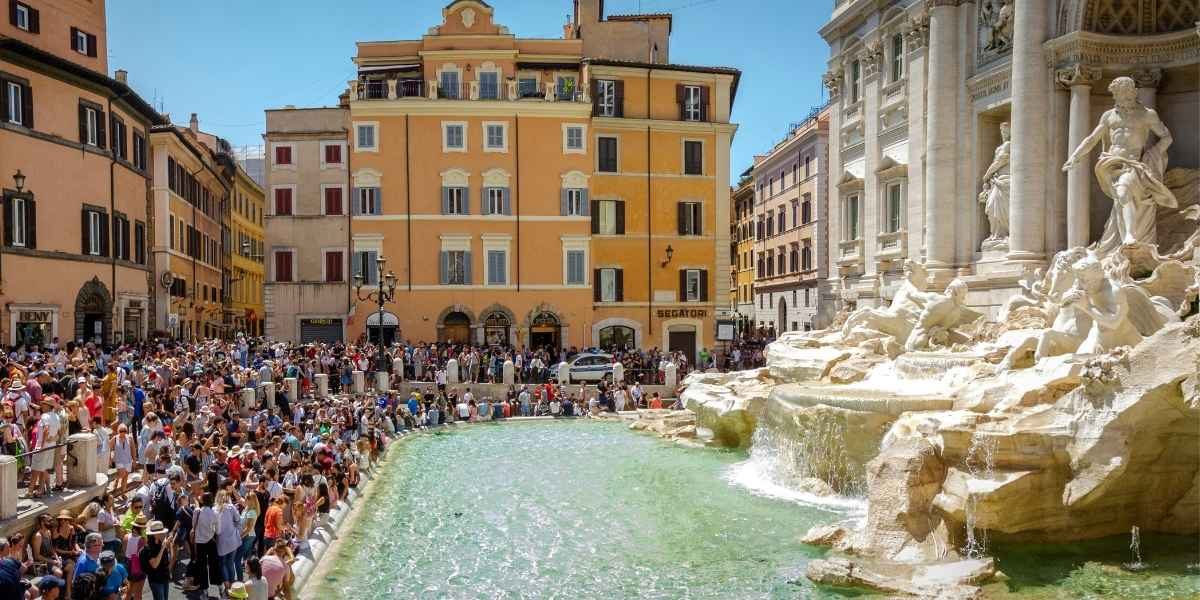For travelers and history enthusiasts alike, few experiences compare to stepping into a city where time seems to stand still. Historical cities offer a glimpse into the past, showcasing the architecture, culture, and stories of bygone eras. Whether you’re wandering through cobblestone streets or marveling at centuries-old buildings, these cities transport you to another time. Let’s explore some of the most captivating historical cities that will take you back in time.
Read Also: How AI is Revolutionizing Healthcare from Diagnosis to Treatment
What Makes a City “Historical”?
Historical cities are more than just old places; they are living testaments to the past. A city’s historical significance often comes from its architecture, cultural heritage, and the events that shaped it. These cities maintain a connection to their history, allowing visitors to experience a sense of continuity with the past. For many, the charm of historical cities lies in their ability to preserve ancient traditions while blending them with modern life.
Which Historical Cities Should You Visit?
There are countless historical cities around the world, each with its unique story. Cities like Rome, Cairo, and Istanbul are known for their rich cultural history, where ancient ruins coexist with vibrant modern life. However, there are also lesser-known gems, such as Prague, Kyoto, and Dubrovnik, where visitors can explore centuries-old buildings and enjoy local traditions that have been preserved for generations.
Rome, for example, is often referred to as an open-air museum. With iconic landmarks such as the Colosseum, the Roman Forum, and St. Peter’s Basilica, Rome is a city where history comes alive at every corner. The ancient ruins and Renaissance art make it one of the most well-known historical cities in the world.
Kyoto, on the other hand, offers a serene glimpse into Japan’s past with its traditional wooden houses, tea houses, and Buddhist temples. The city’s historic districts, such as Gion, are steeped in tradition, providing visitors with an authentic experience of Japan’s cultural heritage.
How Do Historical Cities Preserve Their Heritage?
The preservation of historical cities involves careful planning and a commitment to maintaining both the physical and cultural aspects of the city. UNESCO plays a significant role in designating World Heritage Sites, which helps protect and preserve cities of historical importance. Preservation efforts include restoring old buildings, maintaining ancient monuments, and supporting local traditions and crafts.
In some cities, restoration work is an ongoing process. For example, in Prague, restoration of the historic Old Town has been a priority to maintain its medieval charm while adapting it for modern use. The city’s medieval bridges, churches, and squares are carefully preserved, allowing visitors to walk through history.
Why Are Historical Cities Important to Our Understanding of the Past?
Historical cities offer a window into the past, providing invaluable insight into how people lived, worked, and interacted centuries ago. They serve as time capsules that showcase different periods in history, from the Roman Empire to the Renaissance to the Industrial Revolution. Visiting these cities allows us to connect with the past in a way that books or documentaries cannot replicate.
For historians and archaeologists, these cities are essential for understanding the social, political, and economic dynamics of past civilizations. They help us understand how societies evolved over time and how different cultures influenced one another. For travelers, they provide a unique opportunity to immerse themselves in the history of a place and learn from its past.
How Can You Make the Most of Your Visit to a Historical City?
When visiting a historical city, it’s important to engage with the history in a meaningful way. Start by visiting museums and historical landmarks to gain context. Many cities offer guided tours that explain the significance of key sites, providing deeper insight into the city’s history. Walking tours are especially popular in historical cities, as they allow visitors to explore hidden gems that might not be visible from a car or bus.
Try to explore local markets, dine at traditional restaurants, and interact with locals to truly immerse yourself in the culture. A visit to a historical city is not just about sightseeing; it’s about experiencing the essence of the place and appreciating the efforts made to preserve its heritage.
Read Also: Silver Strands and Style: Embracing Gray Hair with Confidence
Why You Should Explore Historical Cities
The magic of historical cities lies in their ability to make history come alive. They offer an unmatched experience of exploring ancient ruins, visiting grand monuments, and discovering local traditions. Whether you’re in Rome, Kyoto, or another historical gem, these cities provide a rare chance to step back in time and witness the past in the present. By visiting historical cities, you not only enrich your understanding of history but also support efforts to preserve these remarkable places for future generations.





